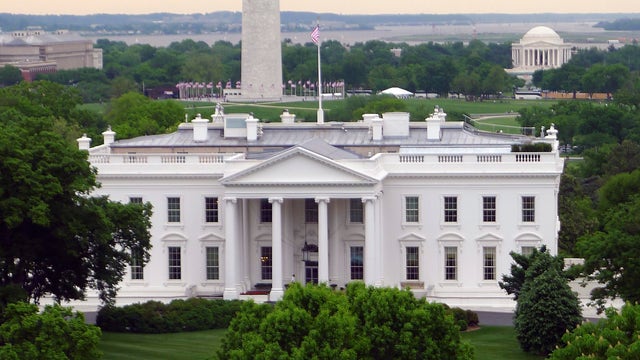White House Calls on Silicon Valley to Fix Government IT
The White House called in top private-sector technologists to fix the flawed HealthCare.gov -- and now it wants to make its relationship with Silicon Valley official.
On Monday, the White House announced the creation of the U.S. Digital Service, a small team of tech-savvy individuals who are tasked with overhauling the IT infrastructure at government agencies. Mikey Dickerson, a former Google engineer called in to save HealthCare.gov, will serve as the first administrator of the U.S. Digital Service.
“The Digital Service will work to find solutions to management challenges that can prevent progress in IT delivery. To do this, we will build a team of more than just a group of tech experts -- Digital Service hires will have talent and expertise in a variety of disciplines, including procurement, human resources, and finance,” Office of Management and Budget Deputy Director for Management Beth Cobert, U.S. Chief Information Officer Steve VanRoekel and U.S. Chief Technology Officer Todd Park wrote in a statement published on the White House site.
"The Digital Service team will take private and public-sector best practices and help scale them across agencies -- always with a focus on the customer experience in mind," the statement continued.
The statement indicated that the Digital Service will be supported by existing funds this year, and would grow in 2015 with funds outlined in President Obama’s fiscal year 2015 budget.
Bringing Private-Sector Minds to Washington
Dickerson is the right man to lead the new team, according to some of the technologists called in to oversee the HealthCare.gov effort last year.
“Mikey, from everything I know about him and his role in the recovery process, was the guy leading the charge in the operations center,” Rackspace CTO John Engates, who had been asked by VanRoekel last fall to visit the effort in D.C. after criticizing the ObamaCare rollout, said.
“He had a clear head while making these decisions, and he wasn’t falling into the bureaucracy trap,” Engates added. He called Dickerson the type of person who rolls up his sleeves and does the hard stuff every day.
Mike Abbott, a former VP of Engineering at Twitter now at Kleiner Perkins Caufield & Byers, was also an advisor to the HealthCare.gov effort. He said Dickerson had both the right technical know-how and the right temperament to make a real change in the way D.C. approaches technology.
“Coming from the outside, you need to have a balance of experience and emotional intelligence," Abbott explained. “It was really important to [Todd Park] to get people with the right EQ involved, because you can’t go in there and say, ‘This is all wrong. Why did you do it this way?’ You have to help them along to teach them through mentoring and coaching.’”
Abbott, who said he’s helping to connect Park and his colleagues to tech leaders in the Valley, said the formation of the Digital Service and Dickerson’s hiring shows a commitment to bringing in the best private-sector minds -- even if only for a limited time. Abbot said Park and his team are likely to encourage technologists to come work for the government on sabbatical from their day jobs at major technology firms, rather than try to woo them to work in D.C. full-time.
“If you’re a strong engineer, you want to work with great people and make an impact,” Abbott said. “There’s still a degree of skepticism around whether you can make an impact in the public sector in technology.”
Abbot said the HealthCare.gov team, however, showed that a small team of private-sector individuals could, in fact, make a big difference in a limited amount of time.
What’s on Deck for the New Team
In addition to bringing in private-sector minds, the U.S. Digital Service is also going to employ the strategies used by top technology companies. The administration released Monday the first version of its Digital Services Playbook, which outlines 13 key practices, the TechFAR Handbook (FAR stands for Federal Acquisition Regulation), which advocates for the use of “agile” development processes used by most startups.
“The trend is continuous delivery,” Engates explained. “Facebook, for example, rolls out features every day.” Engates said this strategy, as opposed to introducing a brand-new site all at once, helps companies test and gradually improve technology.
Abbott agrees, arguing that one big deadline can be the downfall of major technology projects (like HealthCare.gov).
“If you have a lot of short timelines, you have a higher probability of hitting the big deadline," Abbott said. “Two-week or one-week sprints are more efficient than having a date in a year when you have to release this big software update.”
The White House didn’t indicate which projects will be first on the docket for the Digital Service team, but Abbott said the new agency will likely approach the infrastructure overhaul the same way that major corporations like Pfizer or Wal-Mart do -- gradually. As new problems crop up or systems age out, the team will turn its attention to those, slowly moving its way through the government technology ecosystem.
“It’s a journey,” he said.




















